In a recent article, I covered The Best Open Source Software (Users’ Choice). Today, I’m covering the best remote desktop access clients for Linux.
TeamViewer has long been a go-to solution for remote desktop access and collaboration across various platforms. However, for Linux users, finding reliable alternatives that seamlessly integrate with their systems has been a constant quest.
In 2024, the Linux ecosystem has witnessed significant advancements, leading to a surge in alternatives that offer robust features and compatibility.
In this article, we will explore the best TeamViewer alternatives for Linux, addressing frequently asked questions to help users make informed choices.
1. Ammyy Admin
Ammyy Admin is a proprietary remote desktop access software with a focus on stability, security, and simplicity used by more than 80 000 000 personal and corporate users.. It is free for personal use.
Ammyy Admin is excellent for system administration tasks, remote office actions e.g. file sharing, and online conference meetings. It runs as a portable execution file so it does not require any installation.
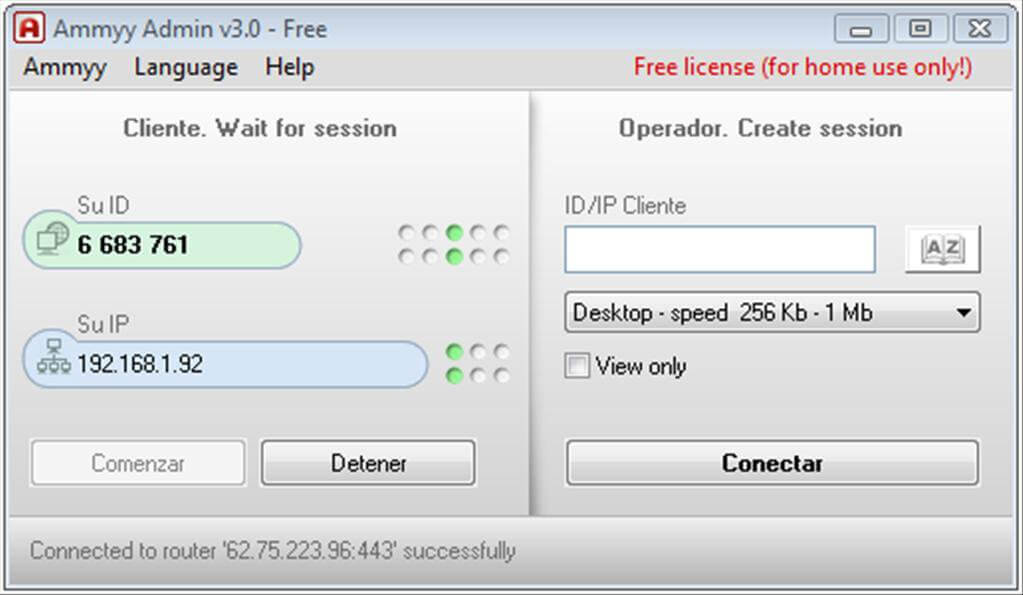
2. AnyDesk
AnyDesk is a modern proprietary multi-platform remote desktop software and has gained popularity as a versatile remote desktop software compatible with Linux.
Known for its low latency and high-quality resolution, AnyDesk supports both free for private use and subscription packages for Lite, Professional, and Enterprise versions for Business use.
It features high frame rates, real-time collaboration, effective bandwidth use, fail-safe Erlang network, low latency, session recording, automated updates, custom aliases, etc. It also offers various security, administration, and flexibility features.
You are free to take it for a test drive – no installation required.
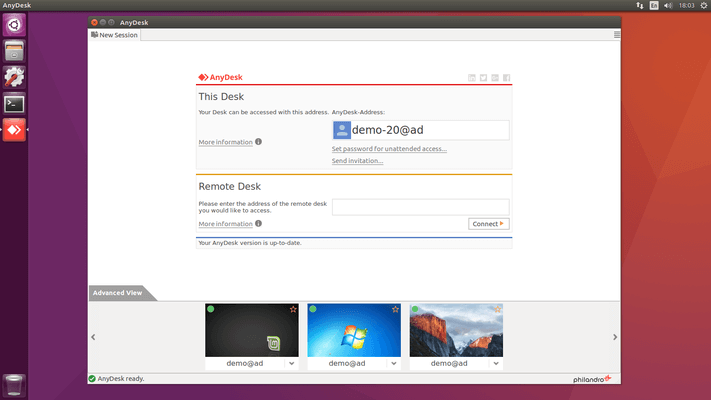
3. RealVNC
RealVNC a renowned remote access software, provides seamless connectivity across multi-platform. With Support for Linux, Windows, and macOS, RealVNC ensures efficient remote desktop solutions for personal and professional use such as OEMs, managed service providers, system administrators, IT experts, etc.
RealVNC is an enterprise-grade remote desktop access solution with tons of features, 250+ million downloads, 90+ thousand enterprise customers, 100+ major OEMs, and it is available for free private use.
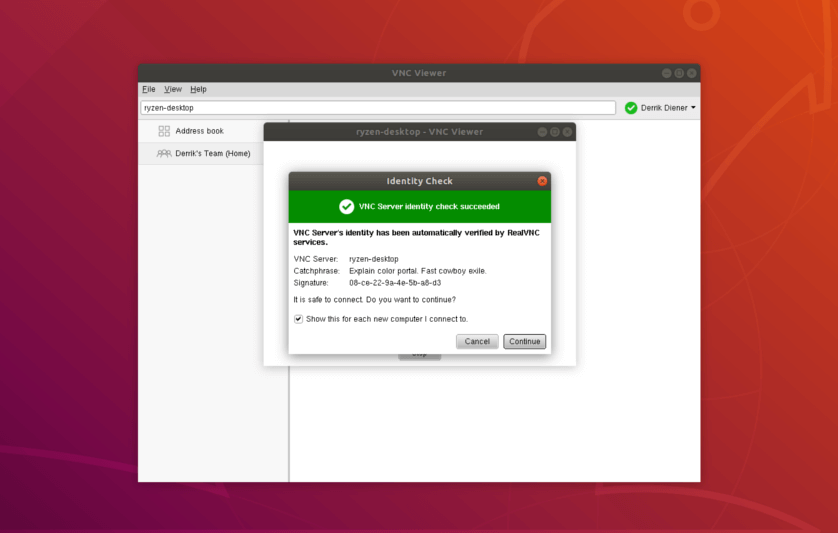
4. TightVNC
TightVNC is a lightweight and efficient remote desktop software that utilizes the Virtual Network Computing (VNC) protocol. Renowned for its simplicity and reliability, TightVNC enables users to access and control their Linux, Windows, or macOS machines remotely.
It excels in providing a fast and responsive remote desktop experience, making it an ideal choice for users who prioritize performance. With support for various platforms and a focus on ease of use, TightVNC remains a popular choice for those seeking a straightforward solution for remote desktop access on their systems.
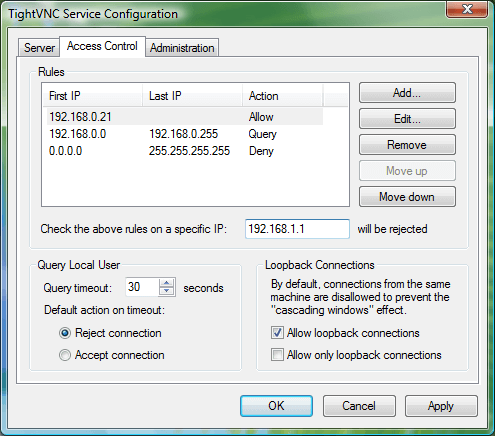
5. Remmina
Remmina is a feature-rich POSIX (Portable Operating System Interface) software that enables users to remotely access any Operating System with Linux.
It developed to serve system administrators as well as travellers whether they’re working from small netbooks or large monitors. It has support for several network protocols including RDP, VNC, NX, SSH, EXEC, SPICE, and XDMCP.
Remmina also features an integrated and consistent UI and is free to use for both personal and commercial purposes.
Remmina stands out as a free, open-source remote desktop client designed for the GNOME desktop environment. Supporting various protocols like VNC, RDP, SSH, and others, Remmina offers a customizable and easy-to-use interface. Users can manage multiple remote connections simultaneously, making it an ideal choice for those dealing with diverse servers.
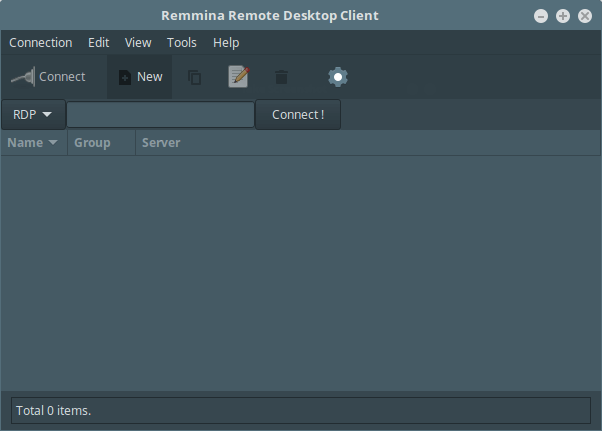
To install Remmina on Ubuntu, simply copy and paste the following commands on a terminal window.
$ sudo apt-add-repository ppa:remmina-ppa-team/remmina-next $ sudo apt update $ sudo apt install remmina remmina-plugin-rdp remmina-plugin-secret
To install Remmina from Debian Backports, simply copy and paste the following commands on a terminal window.
$ echo 'deb http://ftp.debian.org/debian stretch-backports main' | sudo tee --append /etc/apt/sources.list.d/stretch-backports.list >> /dev/null $ sudo apt update $ sudo apt install -t stretch-backports remmina remmina-plugin-rdp remmina-plugin-secret
On Fedora and CentOS, simply copy and paste the following commands on a terminal window.
--------- On Fedora ----------- # dnf copr enable hubbitus/remmina-next # dnf upgrade --refresh 'remmina*' 'freerdp*' --------- On CentOS ----------- # yum install epel-release # yum install remmina*
6. Chrome Remote Desktop
With Chrome Remote Desktop, you can access a Chromebook or any other computer through the Google Chrome browser – a process unofficially referred to as Chromoting. It streams the desktop using VP8 which makes it responsive with good quality.
Chrome Remote Desktop is a free proprietary extension, but it doesn’t exactly replace Team Viewer because you can only use it for remote access. No meetings, file sharing, etc, so consider it if you’re on a budget or need only remote desktop access and control.
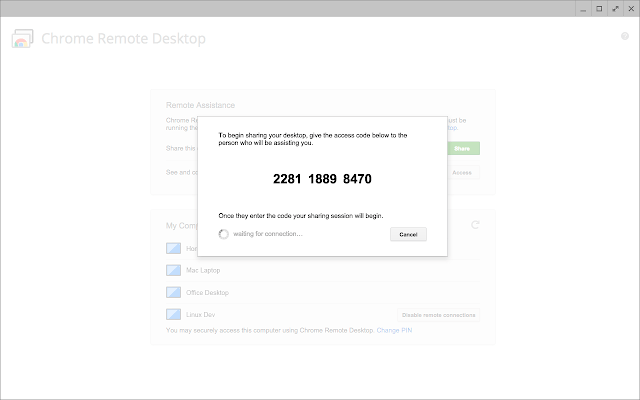
7. DWService
DMService is a lightweight, free, cross-platform, and open-source remote desktop access software with an emphasis on ease of use, security, and performance.
It can be installed on all popular desktop platforms or run completely from your web browser – all you will have to do is log in. Its features include support for terminal sessions, an inbuilt text editor, resource management, log watch, and file sharing.
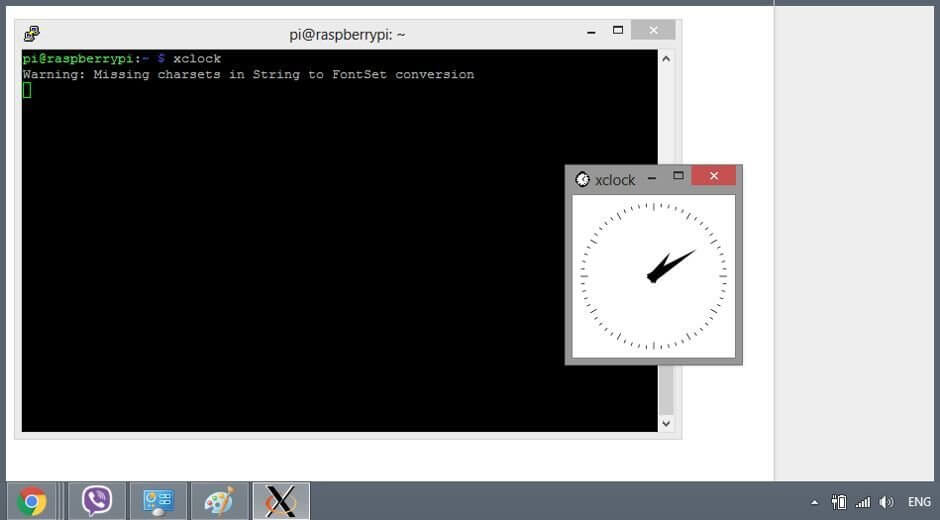
8. TigerVNC
TigerVNC an open-source implementation of the Virtual Network Computing (VNC) protocol, prioritizes performance and efficiency. It excels in delivering a fast and reliable remote desktop experience, making it suitable for users who prioritize speed and responsiveness.
TigerVNC is compatible with Linux, Windows, and macOS, ensuring seamless connectivity across platforms
TigerVNC has an almost uniform UI across platforms and is extensible with plugin extensions which can be used to add TLS encryption and advanced authentication methods, among other features.
It is important to note that TigerVNC isn’t a centralized service given that its servers are owned by a different company. And also unlike TeamViewer, it requires port forwarding.
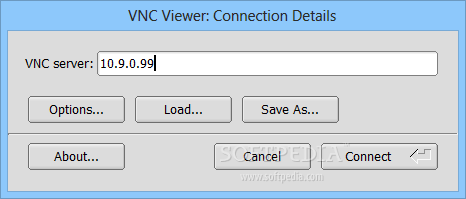
TigerVNC is available to install from the default distribution repository on Ubuntu, Debian, Fedora, OpenSUSE, FreeBSD, Arch Linux, Red Hat Enterprise Linux, and SUSE Linux Enterprise.
9. X2Go
X2Go is a free, open-source, and cross-platform remote desktop software that works using a modified NX 3 protocol and it works excellently even over low bandwidths.
You can use it to access any Linux GUI and that of a Windows system via a proxy. It also offers sound support, reconnecting to a session from another client, and file sharing.
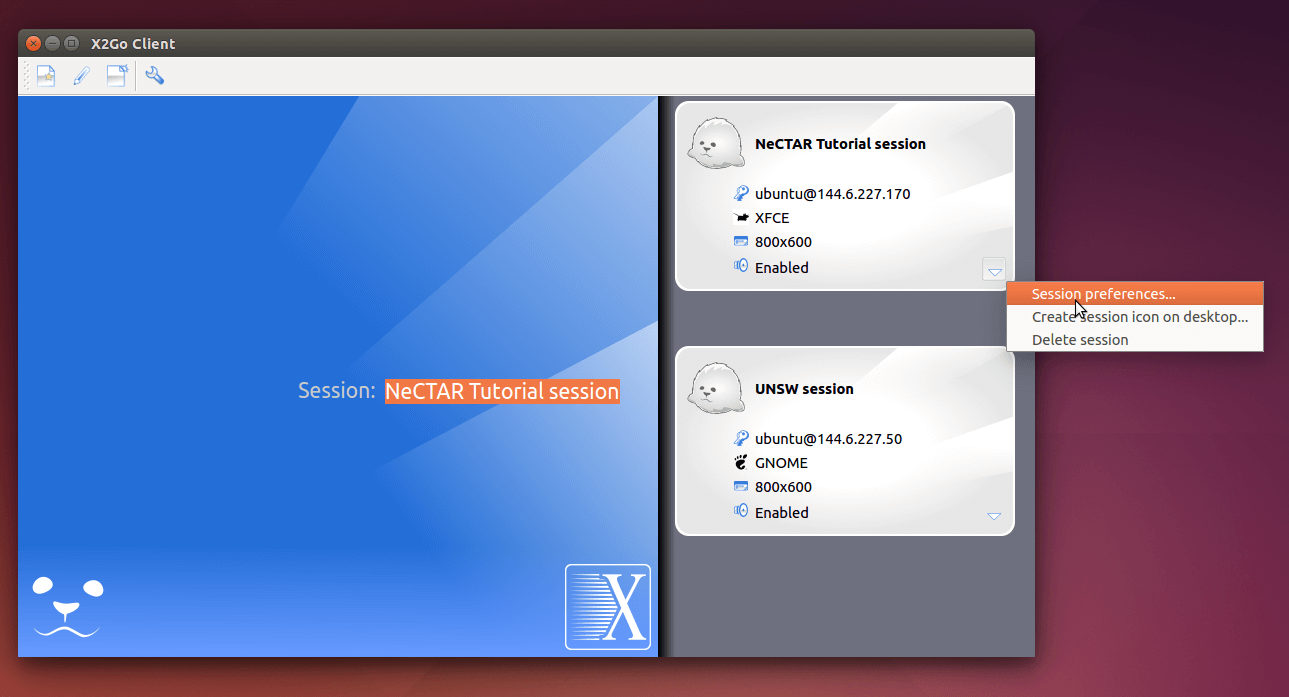
10. Apache Guacamole
Apache Guacamole is a free and open-source HTML5 web-based remote desktop gateway for accessing any computer from anywhere – all you need is an internet connection.
Apache Guacamole offers users the convenience of accessing both physical and cloud systems in a true cloud computing fashion.
It supports all the standard protocols not excluding RDP and VNC protocols, can be used at enterprise levels, does not require any plugins whatsoever, and administrators can monitor/kill connections in real-time as well as manage user profiles.
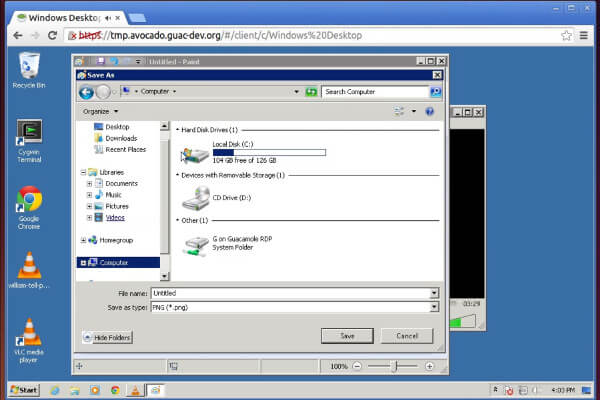
11. RustDesk – Remote Desktop Access Software
RustDesk is a promising remote desktop application for Linux that provides a user-friendly interface, file transfer, multi-monitor support, and clipboard sharing, catering to diverse remote desktop needs.
With RustDesk’s focus on security and privacy, users can enjoy end-to-end encryption and the ability to host their own servers, ensuring data protection and control.
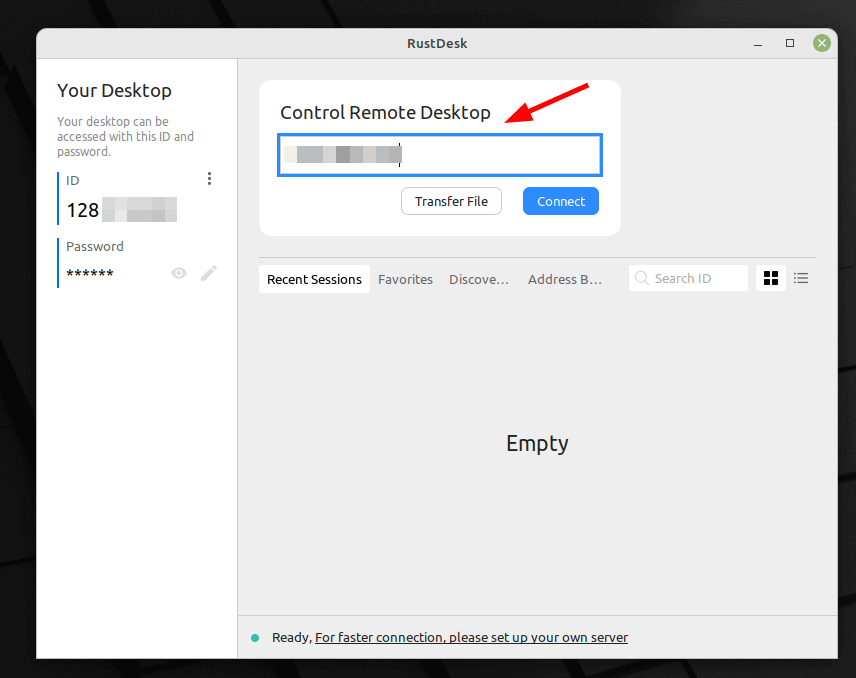
Conclusion
That wraps up our list of the best TeamViewer alternatives for Linux in 2024. Which one have you chosen? Also, feel free to add your suggestions in the discussion section below.

The glaring omission here is RustDesk – open source, self-hostable, but also with a centralized service available.
I chose Litemanager, I am completely satisfied with this program with its functionality.
I work in an office, switched from TeamViewer to LiteManager, simple and free for up to 30 PCs
Ammyy doesn’t seem to be available for Linux.
To stream from vMix, all you have to do is go to the streaming settings and use the Custom RTMP Server option from the menu. 2. Then you have to get the URL and the streaming key from Facebook. So log into your Facebook account, click on the link below and choose “Create Live Stream”.
Another very good Teamviewer alternative which you can add in the above list is: R-HUB remote support servers.
I agree with you. I have been using LiteManager for a long time, it is a simple, free and convenient program.
Nice list and i used teamviewer early, need try ur analogs. I like use Litemanager now, very good alternatives too. i don’t see it here
Very nice lineup, Martins. I’ve used AnyDesk and really liked it due to its speed and low resource usage, but was not happy that it is proprietary. I’m intrigued to check out your open source options here, especially DWService and Guacamole.
Thanks for the list. I just started using AnyDesk and am very happy with it so far. It’s not any more complicated than it needs to be, particularly after having used TeamViewer and others like it. Best of all it is cross-platform where so many other options aren’t or are very different on win, mac, linux.
Thanks for your contribution, Eric. And you’re right. It’s a major reason AnyDesk is #2 on the list.